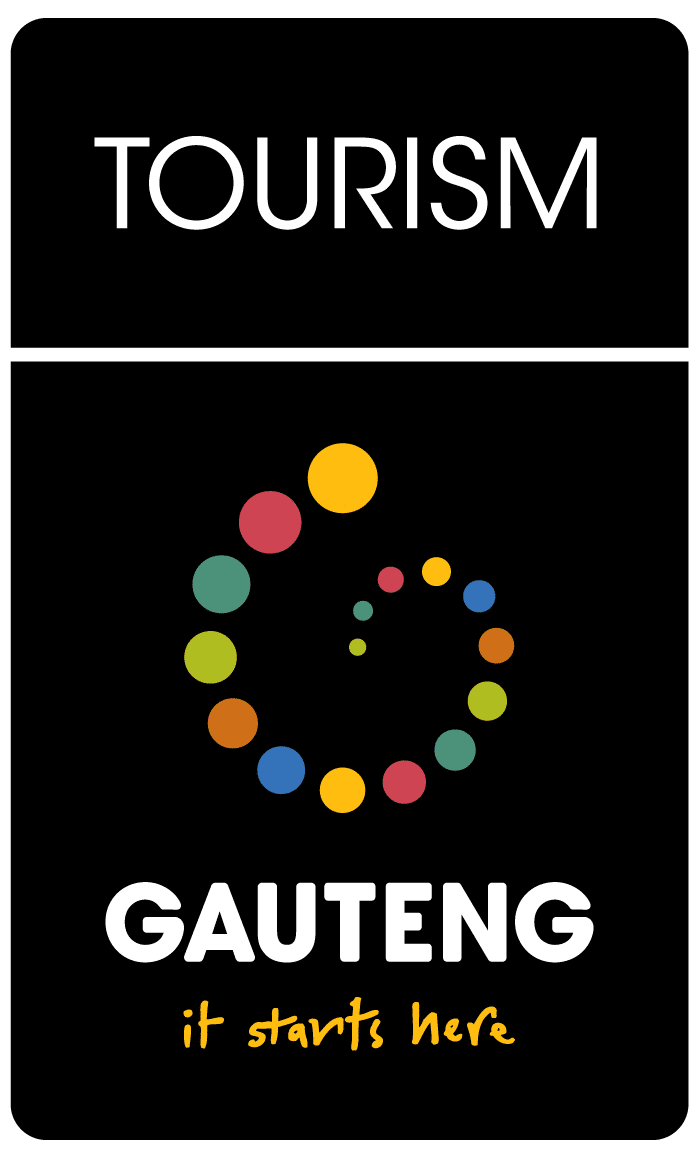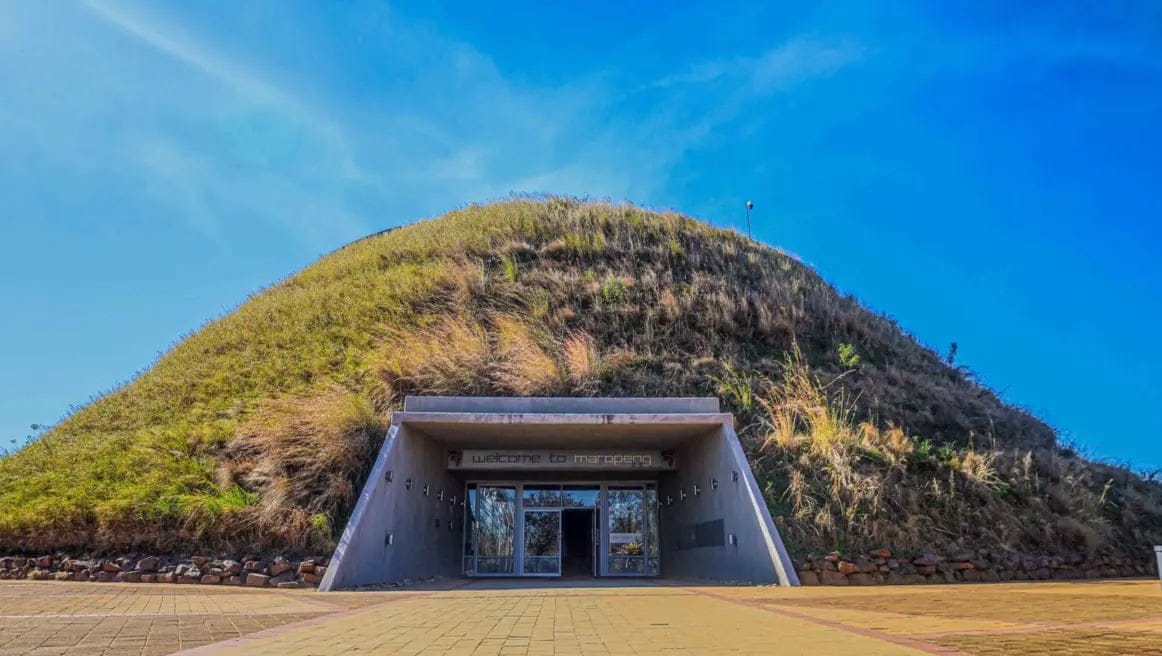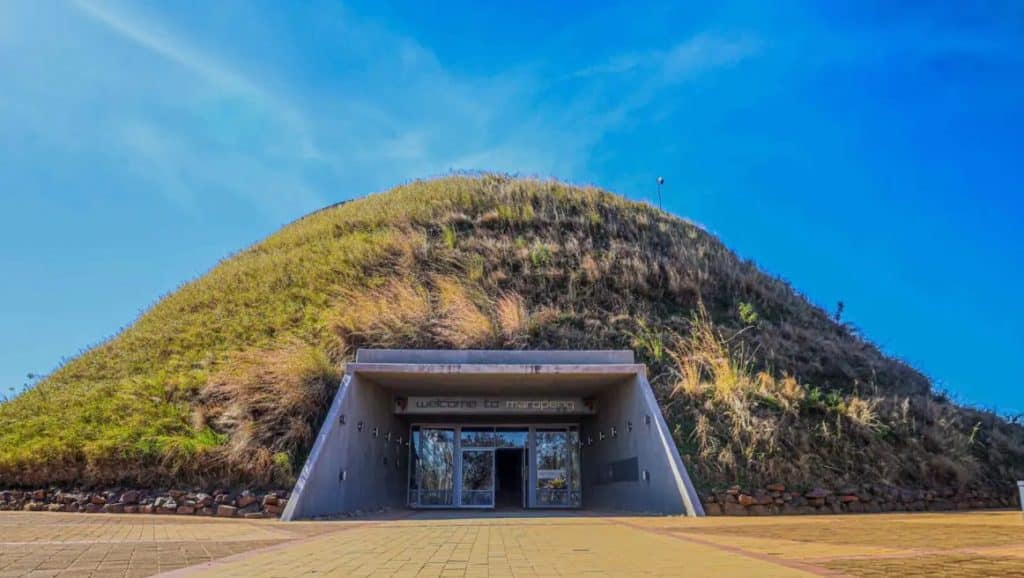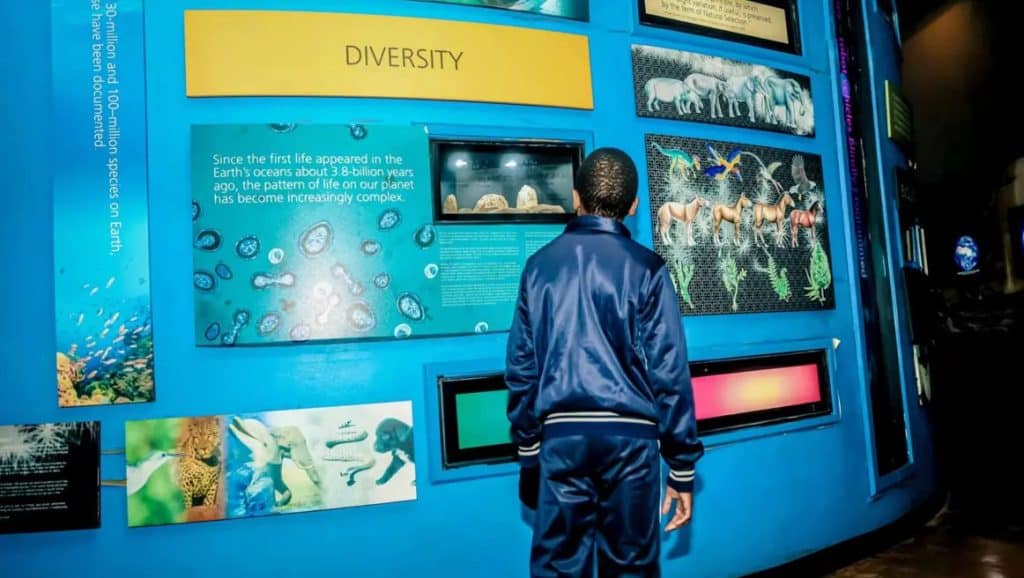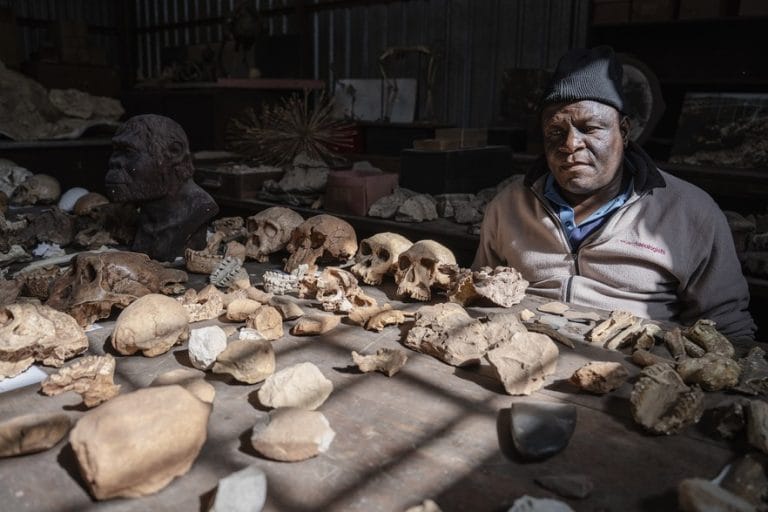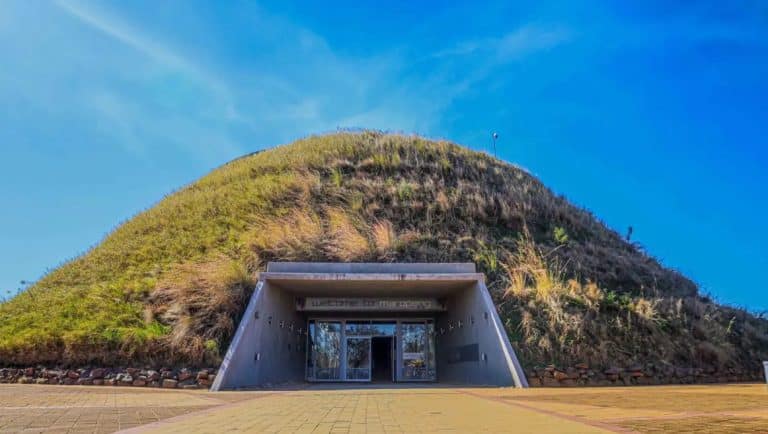The Cradle of Humankind is internationally acclaimed for its outstanding universal value as one of the most significant paleoanthropological sites in the world.
Spanning approximately 53,000 hectares, this vast area has yielded over one-third of all known hominin fossils globally, profoundly advancing our understanding of human evolution.
Designated a UNESCO World Heritage Site in 1999, it comprises multiple fossil sites—such as Sterkfontein, Swartkrans, and Kromdraai—that have produced exceptionally well-preserved remains, including the famous “Mrs Ples” skull.
Beyond its scientific importance, the Cradle serves as a leading destination for education, conservation, and sustainable tourism, helping promote regional economic development and community engagement while preserving this irreplaceable heritage for future generations.
